Saint of the Day – 12 April – St Zeno of Verona (c 300 – 371) Bishop of Verona, Monk, Confessor, Reformer, believed to be a Martyr the persecutions of Constantius II and Julian the Apostate – Born c 300 at Mauretania near Algiers, North Africa and died on 12 April 371. Patronages – anglers, children learning to speak, children learning to walk, fishermen, newborn babies, Diocese of Verona, Italy, 41 Cities.

St Zeno of Verona came from Mauretania (Algeria and Morocco) in North Africa, born in the year c 300. He may have been a follower of St Athanasius of Alexandria who followed his master to Verona in about 340. The ancient Sermones texts on Old Testament exegesis have been attributed to St Zeno due to the style of the 90 or so Sermones attributed to Zeno has been considered evidence of his African origins.

He entered monastic life and would be appointed a bishop, winning converts back from Arianism, setting up a convent for women, living a life of poverty, training priests to work in the diocese and reforming how the Agape feast was celebrated. (The term Agape or Love feast was used for certain religious meals among early Christians that seem to have been originally closely related to the Eucharist.) He would not allow loud groaning and wailing at funerals, supported adult baptism by complete immersion and established a practice of giving medals to the newly baptised.
He was the eighth bishops of Verona for a decade or so and is described as a ‘confessor of the faith’ in early martyrologies, may have suffered persecution under Constantius II and Julian the Apostate — a reference to his ‘happy death’ on 12 April, 371, indicates he may have been martyred. Saint Gregory the Great calls him a martyr in his Dialogues. A contemporary letter from St Ambrose of Milan refers to Zeno’s holiness. He is known to have lived in great poverty.
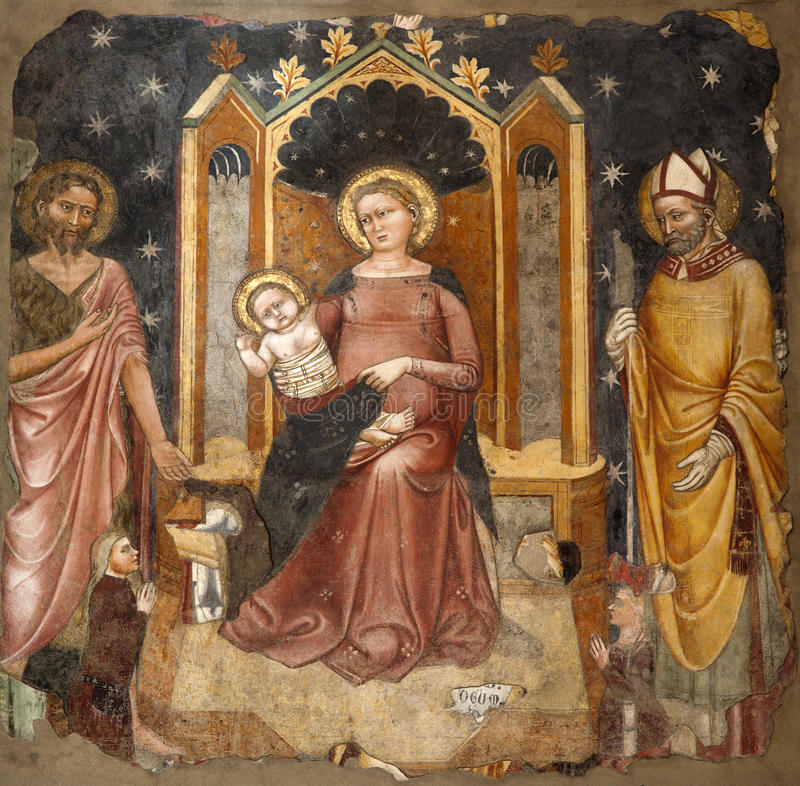
St Zeno is the patron saint of fishermen and anglers, of the city of Verona, of newborn babies as well as children learning to speak and walk. A saint for spiritual toddlers. At least 30 churches and chapels bear his name. He may have been fond of fishing in the River Adige but the depictions of him with a fishing rod are thought to refer to his success in ‘catching converts’ for the faith. A fisher of men and women for Christ.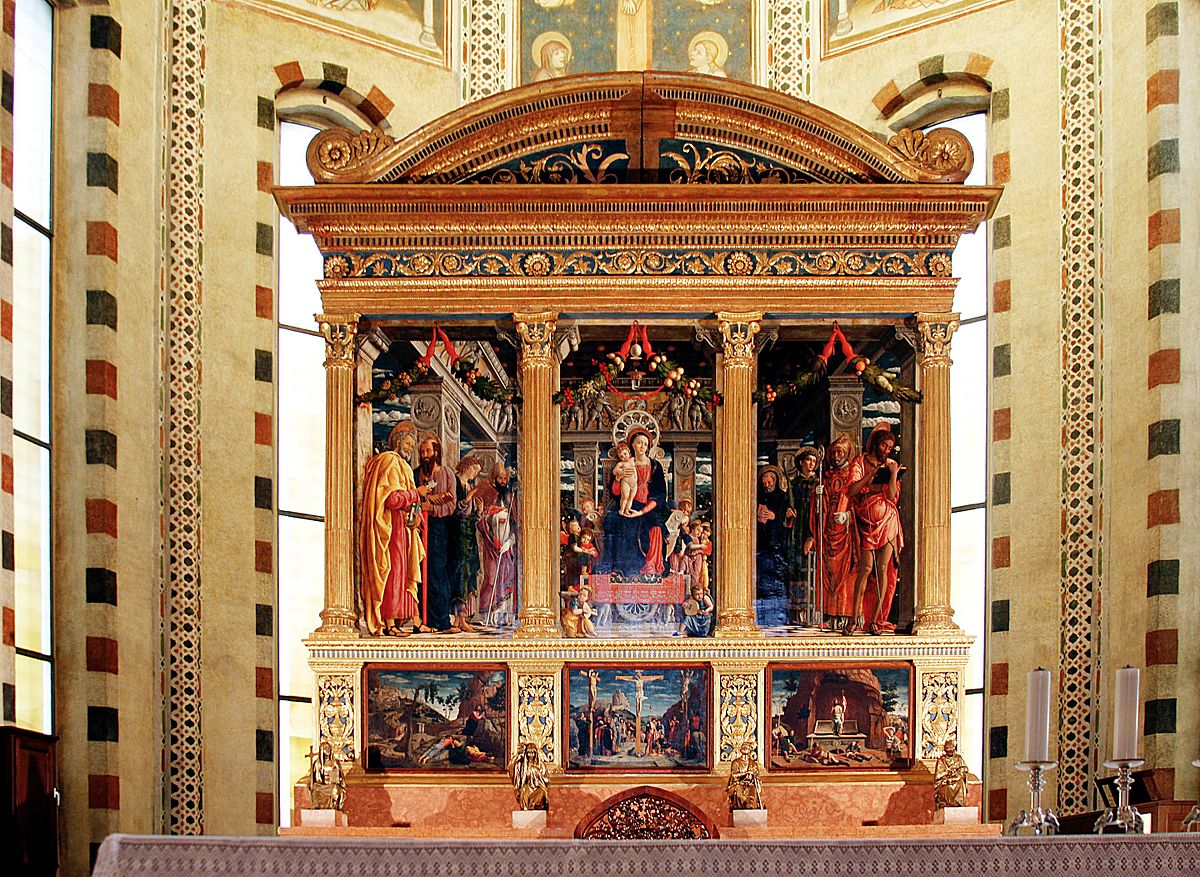
In the year 589, at the same time that the Tiber overflowed a considerable quarter of Rome, and the flood over-topped the walls, the waters of the Adige, which fails from the mountains with excessive rapidity, threatened to drown or submerge a great part of the city of Verona. The people flocked in crowds to the church of their holy patron Zeno: the waters seemed to respect its doors, they gradually swelled as high as the windows, yet the flood never broke into the church but stood like a firm wall, as when the Israelites passed the Jordan; and the people remained there twenty-foul hours in prayer, till the water subsided within the banks of the channel. This miracle had as many witnesses as there were inhabitants of Verona. The devotion of the people to St Zeno was much increased by this and other miracles.
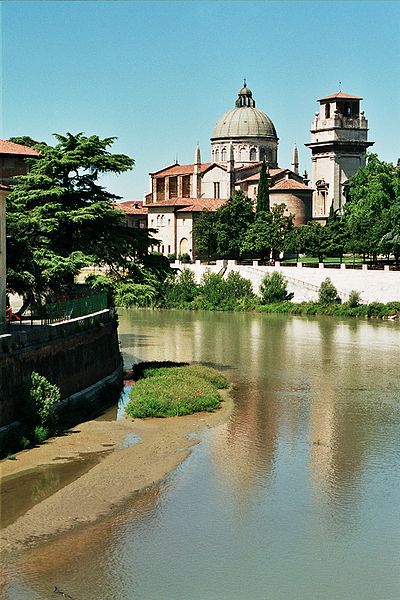
St Zeno’s liturgical feast day is celebrated today, 12 April but in the diocese of Verona, it is also celebrated on 21 May, in honor of the translation of his relics on 21 May 807.
Tradition states that Zeno built the first basilica in Verona, situated in the area probably occupied by the present-day cathedral. His eponymous church in its present location dates to the early ninth century, when it was endowed by Charlemagne and his son Pepin, King of Italy. It was consecrated on 8 December 806; two local hermits, Benignus and Carus, were assigned the task of translating Zeno’s relics to a new marble crypt. King Pepin was present at the ceremony, as were the Bishops of Cremona and Salzburg, as well as an immense crowd of townspeople. The church was damaged at the beginning of the tenth century by Hungarians, though the relics of Zeno remained safe. The basilica was rebuilt again, and made much larger and stronger. Financial support was provided by Otto I, and it was re-consecrated in 967, at a ceremony presided over by the Bishop Ratherius of Verona.
The present church of San Zeno in Verona is a work of the twelfth, thirteenth and early fifteenth centuries for the most part. It is well known for its bronze doors (c 1100 – c 1200) which depict, besides stories from the Bible, the miracles of Saint Zeno, images drawn from stories, including those recorded by the notary Coronato, the facade sculpture signed by Nicholaus and an associate Guglielmus and the rose window (c 1200), which is the work of Brioloto.
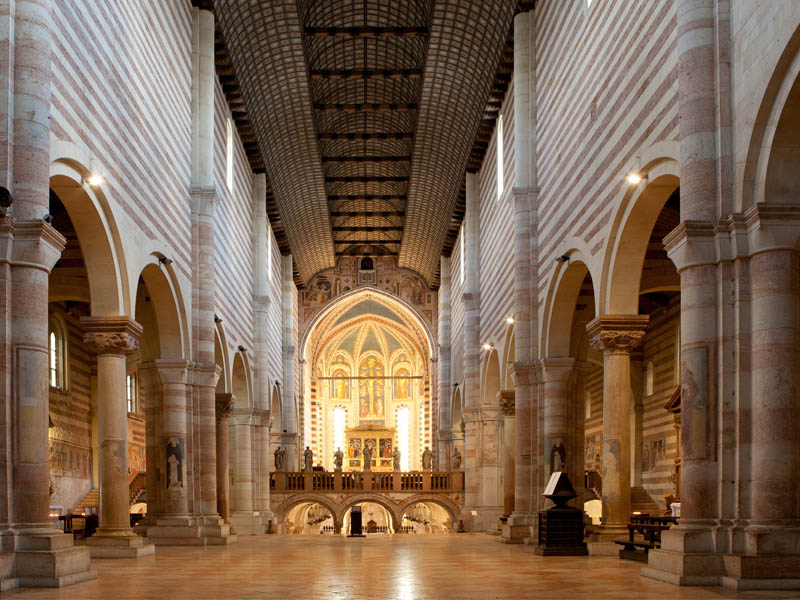
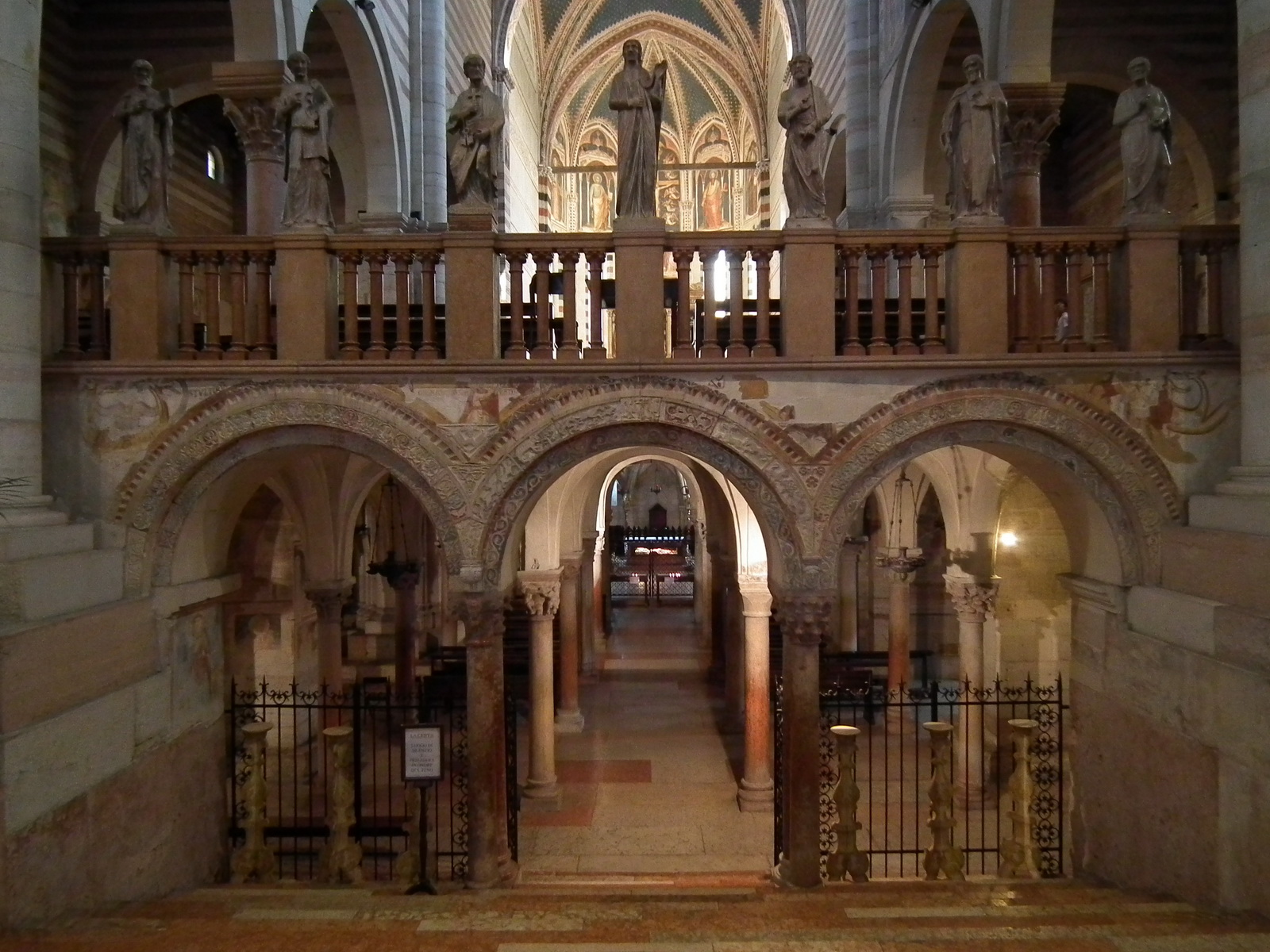





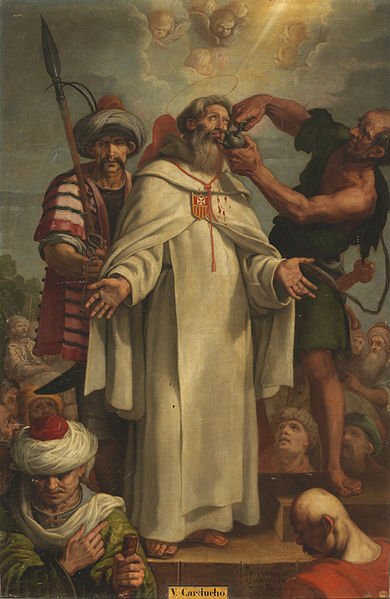



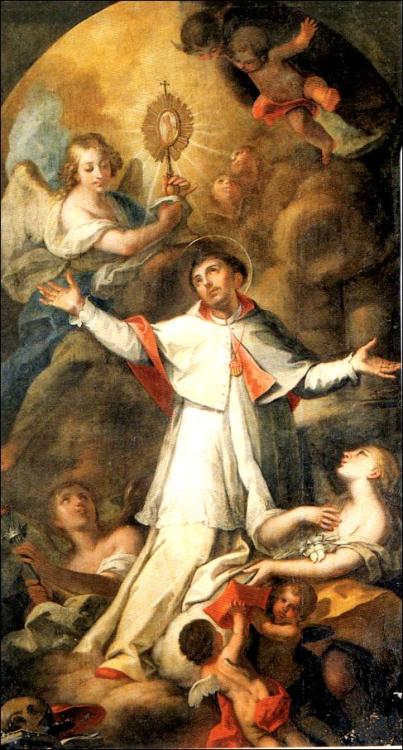

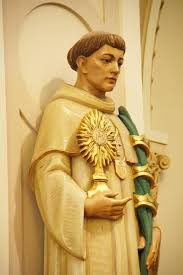

You must be logged in to post a comment.